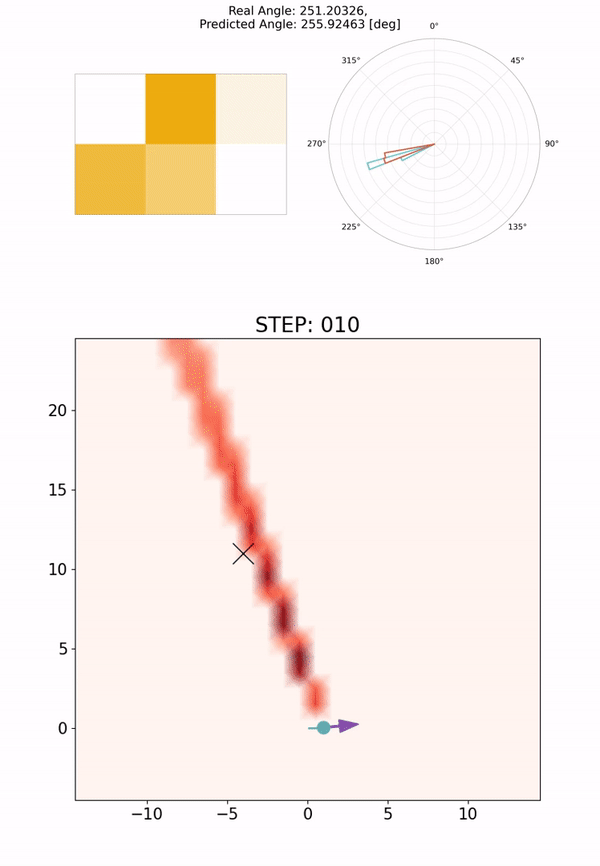Tetris-inspired detector with neural network for radiation mapping
In recent years, radiation mapping has attracted widespread research attention and increased public concerns on environmental monitoring. In terms of both materials and their configurations, radiation detectors have been developed to locate the directions and positions of the radiation sources. In this process, algorithm is essential in converting detector signals to radiation source information. However, due to the complex mechanisms of radiation-matter interaction and the current limitation of data collection, high-performance, low-cost radiation mapping is still challenging. Here we present a computational framework using Tetris-inspired detector pixels and machine learning for radiation mapping. Using inter-pixel padding to increase the contrast between pixels and neural network to analyze the detector readings, a detector with as few as four pixels can achieve high-resolution directional mapping. By further imposing Maximum a Posteriori (MAP) with a moving detector, further radiation position localization is achieved. Non-square, Tetris-shaped detector can further improve performance beyond the conventional grid-shaped detector. Our framework offers a new avenue for high quality radiation mapping with least number of detector pixels possible, and is anticipated to be capable to deploy for real-world radiation detection with moderate validation.
PDF Abstract
